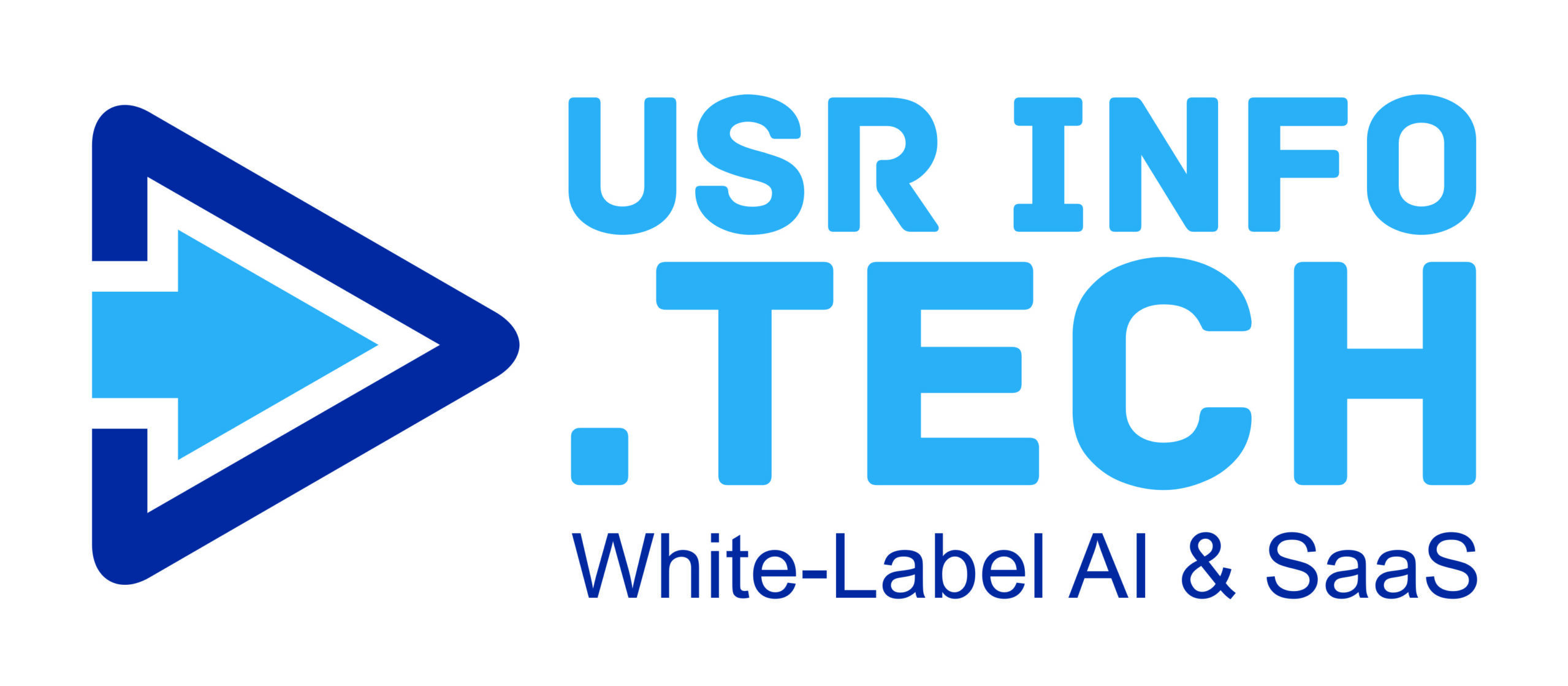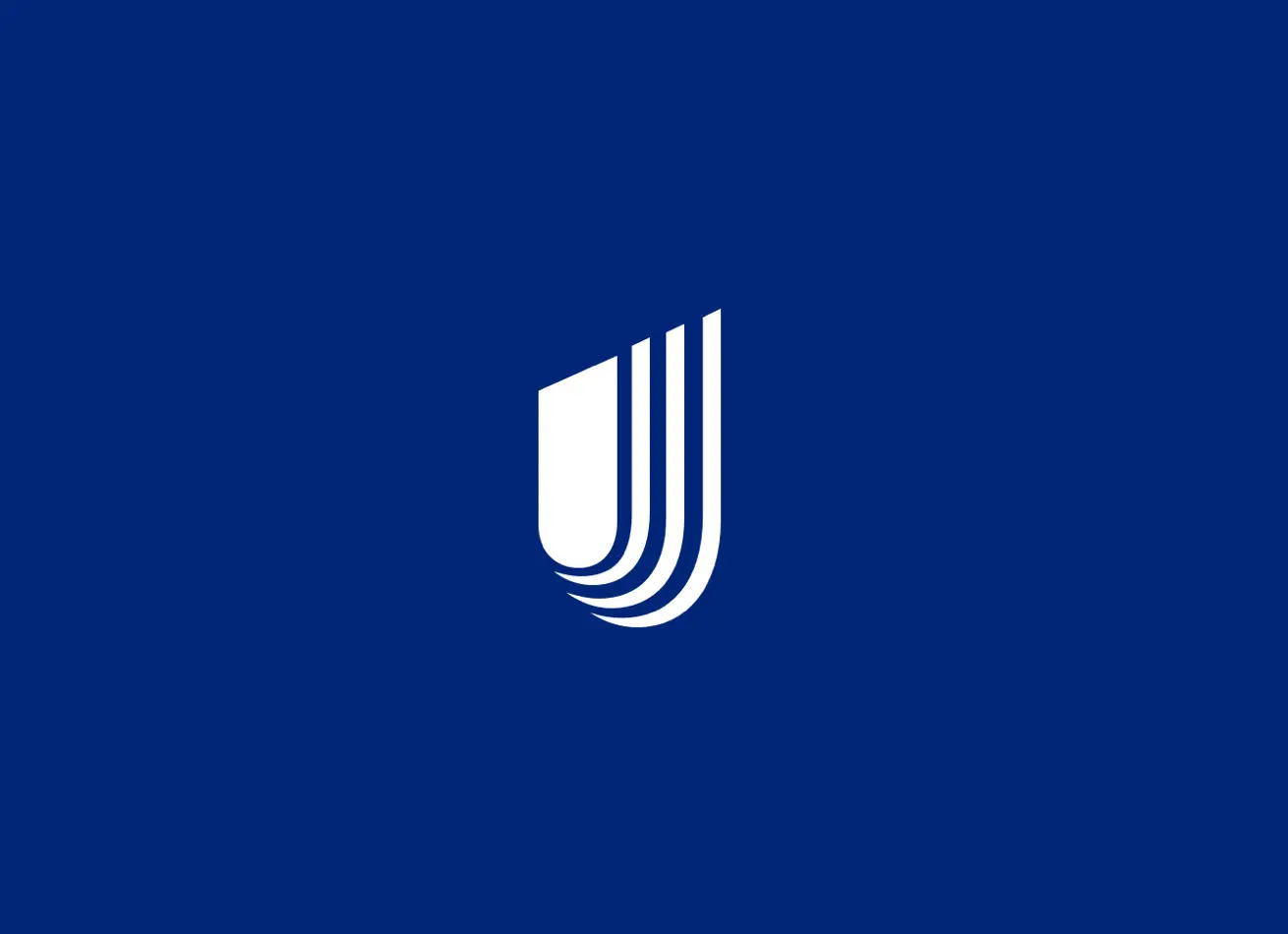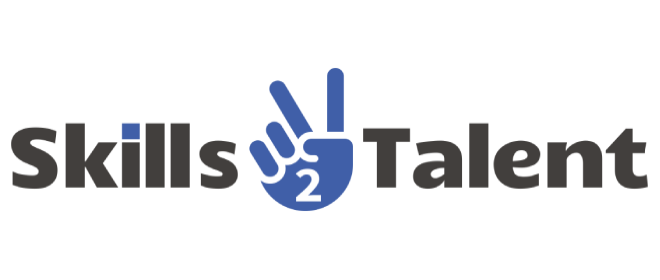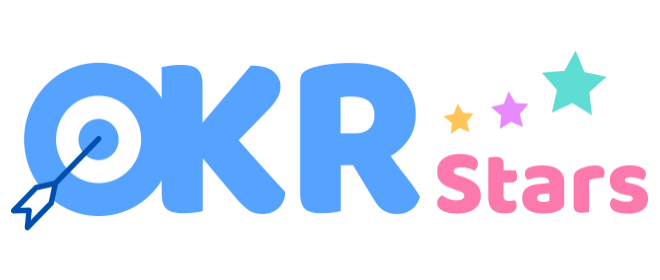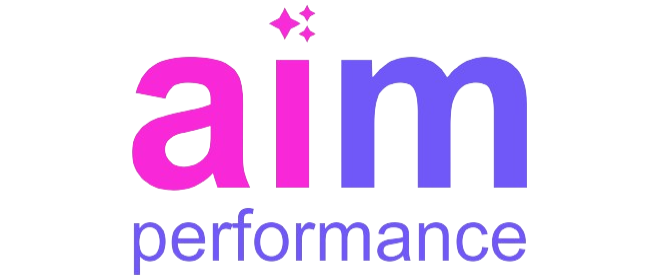Talent management is a crucial aspect of performance management that can significantly enhance the productivity and satisfaction of employees across various job classifications. Whether it is white-collar, grey-collar, or blue-collar workforces, effective strategies can provide substantial benefits. This blog will explore how talent management in performance management will be useful for white-collar, grey-collar, and blue-collar workforce.
Understanding Talent Management in Performance Management
Talent management in performance management involves the systematic attraction, identification, development, engagement, retention, and deployment of those individuals with high potential who are of particular value to an organization. This process is vital in ensuring that employees’ skills and capabilities are aligned with the organization’s goals.
For white-collar, grey-collar, and blue-collar workforces, practices must be tailored to meet their unique needs and job functions. By focusing on these distinct groups, organizations can create a more inclusive and effective talent management strategy.
Talent Management Benefits for White-Collar Workforce
White-collar workforce typically engage in professional, managerial, or administrative work. They benefit from talent management in several ways. First, it provides opportunities for career development and advancement, which is crucial for job satisfaction and retention.
Moreover, these practices help white-collar employees align their personal goals with organizational objectives. This alignment fosters a sense of purpose and motivation, driving higher performance levels and innovation within the company.
Enhancing Skills for Grey-Collar Workforce through Talent Management
Grey-collar workforce, who often engage in technical or skilled trades, require continuous skill enhancement to keep up with technological advancements and industry changes. Programs focusing on skill development are essential for this group.
Through targeted training and development initiatives, grey-collar workforce can acquire new skills and certifications, making them more valuable to the organization. This continuous learning culture not only boosts their confidence but also improves their productivity and job satisfaction.
Boosting Morale for Blue-Collar Workforce with Talent Management
Blue-collar workforces perform manual labor, often in industries like manufacturing, construction, and maintenance. Effective talent management can significantly impact their morale and job satisfaction. By recognizing their hard work and providing opportunities for growth, organizations can foster a positive work environment.
Implementing performance management systems that include regular feedback, recognition, and rewards can motivate blue-collar workforce to perform at their best. Additionally, providing clear career progression paths can increase their engagement and loyalty to the company.
Aligning Organizational Goals
A key aspect of talent management is aligning individual performance with organizational goals. This alignment ensures that all employees, regardless of their job classification, are working towards the same objectives. It creates a cohesive and focused workforce.
For white-collar, grey-collar, and blue-collar workforce, understanding how their roles contribute to the overall success of the organization is motivating. It helps them see the bigger picture and feel valued for their contributions, leading to higher productivity and job satisfaction.
Improving Employee Retention
Retaining talented employees is a challenge for many organizations. Talent management in performance management plays a crucial role in addressing this issue. By providing continuous development opportunities and recognizing employees’ efforts, organizations can enhance employee loyalty.
For white-collar workforce, career advancement opportunities are often a key factor in retention. Grey-collar workforce value skill development, while blue-collar workforce appreciate recognition and clear career paths. Tailoring retention strategies to meet the needs of each group can significantly reduce turnover rates.
Creating a Culture of Continuous Improvement
Talent management fosters a culture of continuous improvement by encouraging employees to constantly enhance their skills and performance. This culture benefits all levels of the workforce. White-collar employees can stay ahead of industry trends, grey-collar workforce can keep their technical skills sharp, and the blue collar workforce can improve their efficiency and effectiveness.
A culture of continuous improvement also encourages innovation and adaptability within the organization. Employees who are committed to learning and development are more likely to contribute new ideas and solutions, driving the company forward.
Enhancing Communication and Collaboration
Effective talent management practices include strategies for improving communication and collaboration among employees. For white-collar workforce, this might involve project management tools and regular team meetings. For the grey collar and blue-collar workforce, clear communication about job expectations and performance feedback is essential.
By fostering open communication and collaboration, organizations can create a more inclusive and supportive work environment. Employees from all job classifications can work together more effectively, leading to better problem-solving and increased productivity.
Leveraging Technology for Talent Management
Technology plays a significant role in modern talent management practices. Performance management systems that leverage AI and data analytics can provide valuable insights into employee performance and potential. These tools can help organizations identify high-potential employees and create personalized development plans.
For white-collar workforce, technology can facilitate remote work and flexible schedules. Grey-collar workforce can benefit from online training modules, while blue-collar workforce can use mobile apps for real-time feedback and performance tracking. Embracing technology ensures that talent management practices are efficient and effective across all workforce levels.
Conclusion
Talent management in performance management is a powerful strategy that can enhance the productivity and satisfaction of white-collar, grey-collar, and blue-collar workforce. By tailoring these practices to meet the unique needs of each group, organizations can create a more inclusive and effective workforce. This approach not only improves individual performance but also drives overall organizational success.
